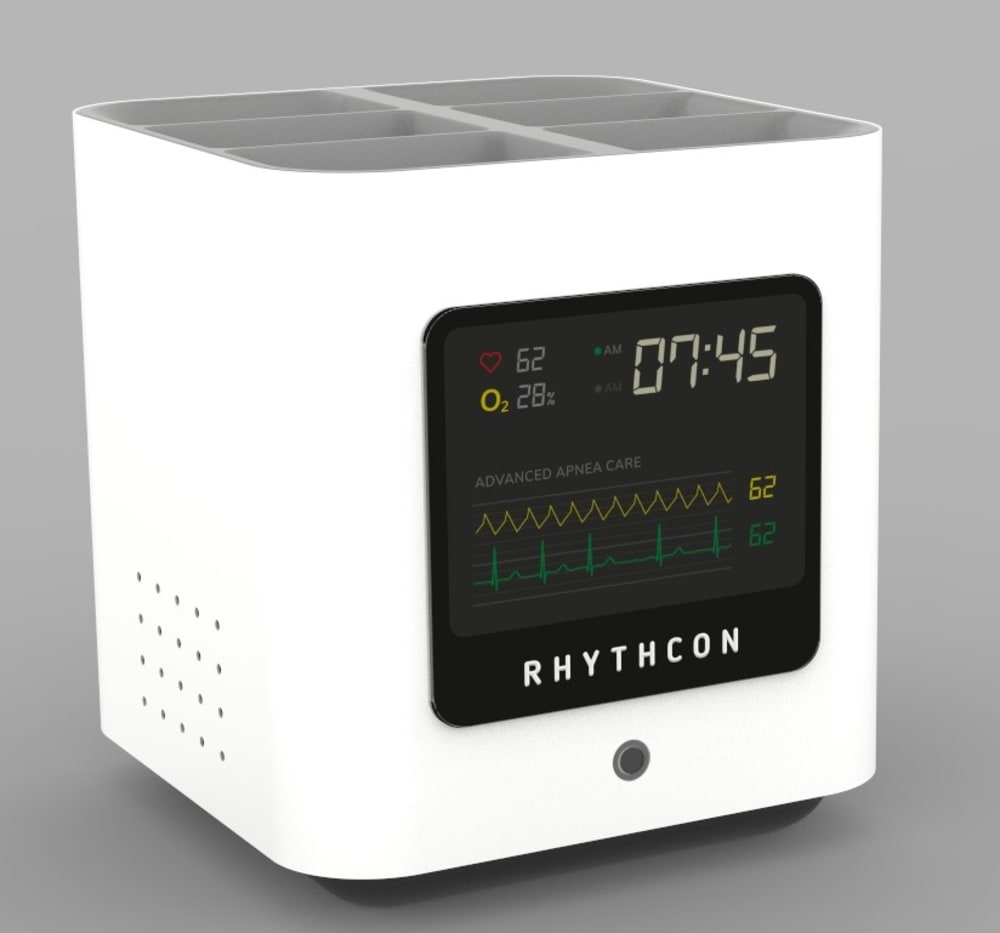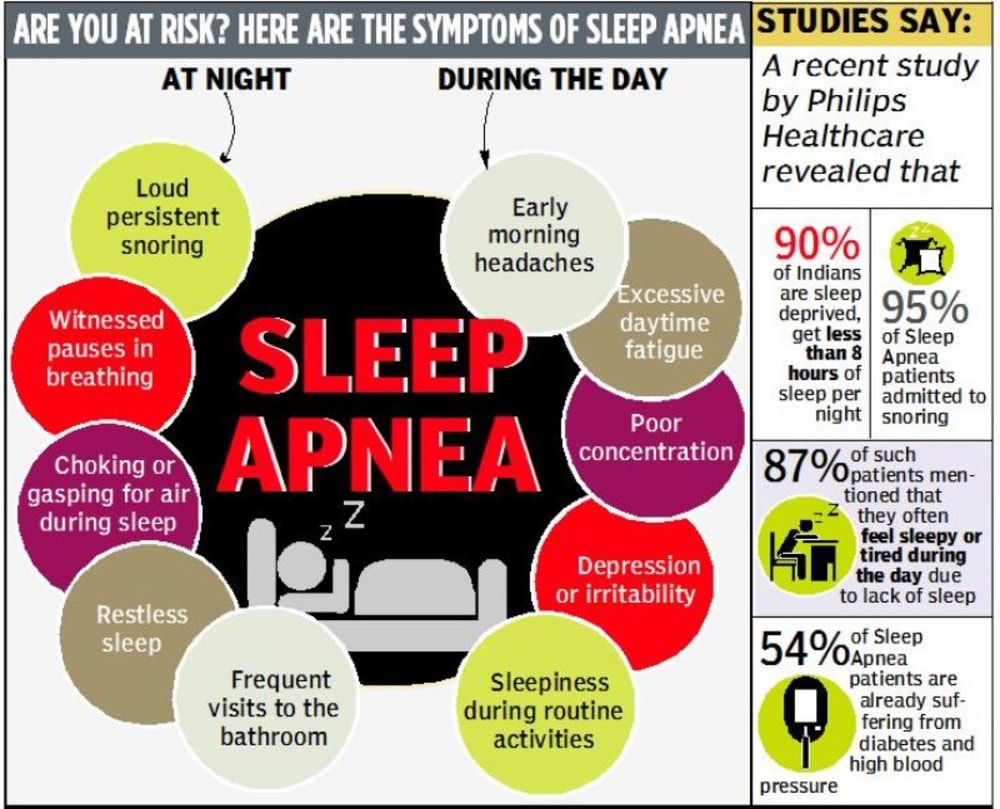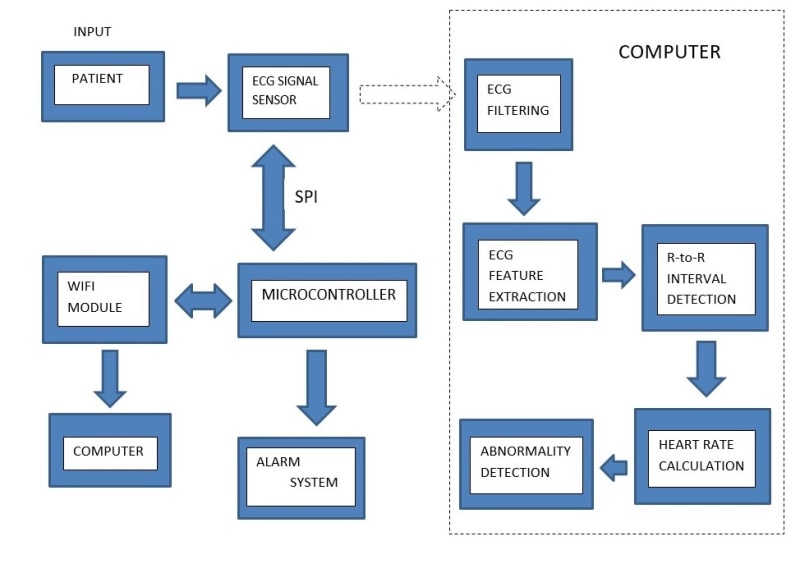
Obstructive sleep apnea (OSA) is a sleeping disorder characterized by frequent occurrence of upper airway collapse during sleep. Its effect on sleep quality and daytime fatigue and sleepiness are widely acknowledged. Obstructive sleep apnea is also being recognized as an autonomous risk factor for various medical disorders, including systemic hypertension, cardiovascular disease, stroke, and abnormal glucose metabolism. Even after huge advancements in our understanding of the origin and clinical aftermath of the disorder, a majority of those affected remain undiagnosed.
The current most commonly used technique for OSA diagnosis is “Polysomnography,” wherein the patient has to spend the night at sleep laboratory. It’s a cumbersome process in which a number of electrodes are connected to various parts of the patient’s body. Another alternative is use of CPAP device. A person has to wear CPAP mask, adjust the pressure to clear the airway and sleep. This process reduces the probability of occurrence of apnea, but does not help in diagnosis.
We have developed “Sleep Apnea Detector” device, which utilises ECG signal to uniquely identify OSA. When an episode of apnea occurs, the oxygen level in blood depletes, and the pumping action of the heart slows down. Consequently, the heart rate is lowered. Thus ECG signal and occurrence of OSA have a direct correlation, which is the working principle behind our product.
Apnea detection is not very common in India. Our proposed solution is a wearable device, like band which can be tied around the wrist, or connected to any part of the body. The band will detect the ECG signal, which will be used for classification. A trained SVM model, which has proved to be a most effective technique will perform the actual classification of the ECG signal, to detect Apnea. Further, the ECG signals will be sent to the physician through wireless communication for further analysis. An alarm system will also be connected to alert the family members or people around the patient in case if apnea is detected for more than 3 minutes (since it can prove fatal).
A simpler, better and effective way for apnea diagnosis is using the ECG signal. ECG records the activities of the heart. It is a cost effective option, and also a hassle free technique. Another advantage is that it is non-invasive and can be monitored at home where the patient is most comfortable.
We plan to reach our customers through various channels such as –
i) Medical Stores:
ii) Dental Clinics:
OSA is directly related to the positioning of the jaw. Thus, dentists and dental clinics form a major part of the Service Addressable Market.
iii) Hospitals and Nursing Homes:
New born babies and infants are at a very high risk of suffering from apnea. Using our product can reduce the fatalities due to apnea in infants.
Video
-
Awards
-
 2019 Top 100 Entries
2019 Top 100 Entries
Like this entry?
-
About the Entrant
- Name:Aaditi Saoji
- Type of entry:teamTeam members:Mamta Shukla, Karishma Lunawat
- Patent status:patented








